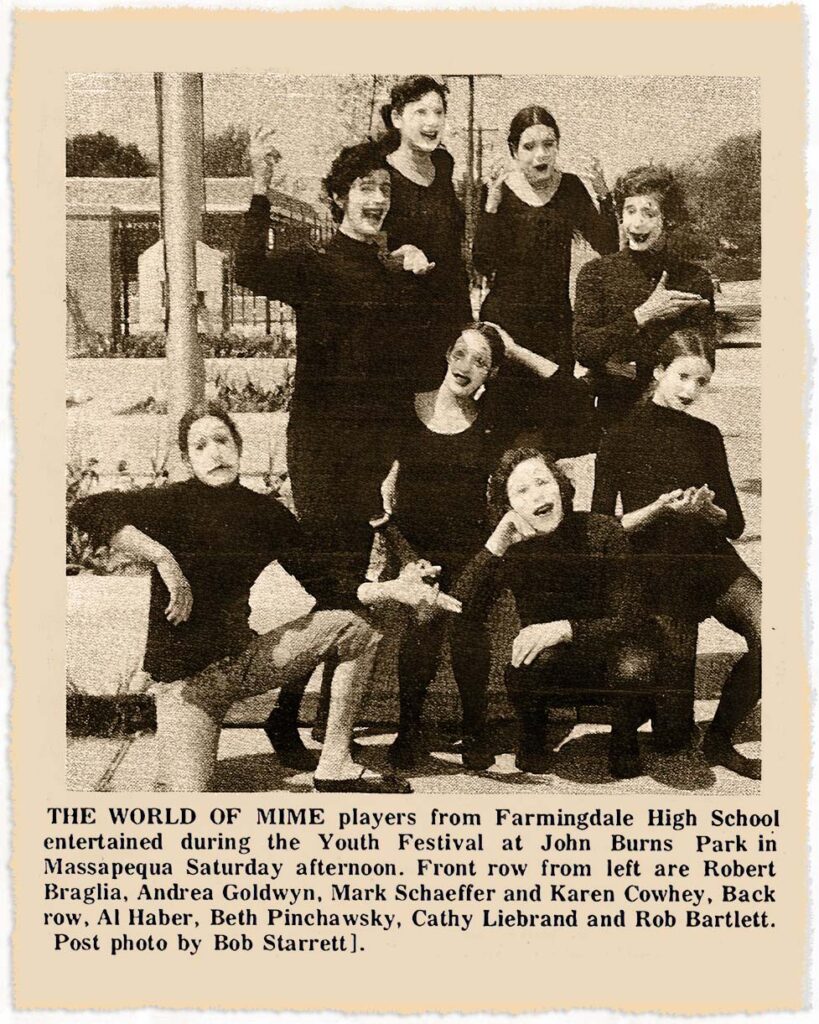It was a Monday morning in spring, the day after Daylight Saving Time had taken effect, and my first-grade teacher asked whether anyone had stories about how the resetting of the clocks had affected them. Nobody raised their hand, so I raised mine. “I lost an hour of sleep!” I said.
“Mark, everybody lost an hour of sleep,” said the teacher, patronizingly. “Does anybody have any real stories?”
This sounds like a very minor exchange, but I still feel its sting nearly six decades later. The teacher had wanted to start a discussion, and I thought I was helping. My loss of sleep was the only story I had, and it had the added benefit of showing that I understood the basic premise of Daylight Saving Time. But I was shot down, summarily dismissed. It’s the first time I remember feeling that school was not a place where I’d find help and encouragement, but a place where I’d be judged.
Of course, I’d clearly been judged all along, but only positively. I was diligent and eager to please — partly because I enjoyed learning, but also out of self-preservation. At the beginning of the school year, my teacher had called my mother to advise her that I was holding my pencil incorrectly, and my mother had reacted furiously. “How does it make me look if you don’t know how to hold a pencil?” she yelled. So it was clear to me that I’d be in real trouble if any further negative reports came from my school.
Teachers have always judged students; it’s unfortunately part of their job. Grading students’ work has always been my least favorite part of teaching college courses, because it puts me in a position of authority that feels unjust. My stance as a teacher has never been “I am here to educate you,” but rather, “I have a lifetime of experience with this subject matter, and I’m eager to share it with you, but only to the extent that you think it will help you. I don’t know everything, and I may be wrong sometimes.” I always give students extensive written feedback on their assignments, but I try to make clear that this feedback is only my opinion, and they can take it for what it’s worth.
The odd thing is that students never seem to get that message. I remember, early in my teaching career, coming back to my class after a ten-minute break and saying, “I want to apologize. In teaching the lesson before the break, I was talking to you as if I’m somebody special and superior. I’m really not.”
The students just stared at me. “But you’re the teacher,” one of them said, and the rest nodded. They actually seemed embarrassed.
I’m sure this is because, like me, they came out of a system in which the teacher is presumed to be someone important and authoritative, someone whose opinions and judgments have real significance. And teachers have to play that role, because otherwise the grades that they give — grades that have the potential to shape a student’s future — would have no legitimacy.
The problem is that, as every student knows, teachers’ judgments are often wrong. I felt the system’s unfairness frequently as a student — partly because I was unusually sensitive, but partly because whatever conclusions a teacher reached about me were echoed and amplified by my parents.
When my second-grade teacher assigned us to draw a self-portrait, I took it as a challenge. I had never thought of myself as looking any particular way — I was just a generic boy, with eyes and a nose and a mouth no different from anyone else’s. But if this drawing was specifically supposed to represent me, I had to find out what was unique about my appearance. I spent a long time staring into the mirror, pencil-sketching every line on my face and every imperfection I could find. The result, given my second-grade-level drawing skills, must have looked like a wrinkled old man. But it represented my best attempt to do what had been asked of me.
To my shame, the teacher sent the drawing home with me to show my parents, with a big X at the top and “I want Mark” written in red pen. My mother was incensed that I had failed such a simple assignment, and sent me to my room to do it again. What I came out with was what had apparently been expected of me all along: a colorful crayon drawing with a generic round head, scribbled brown hair, dots for eyes, and a curved, smiling mouth. That drawing got an A from my teacher, and a gold star.
If anybody asks me how I came to be so cynical about education, that’s the reason.



Recent Comments